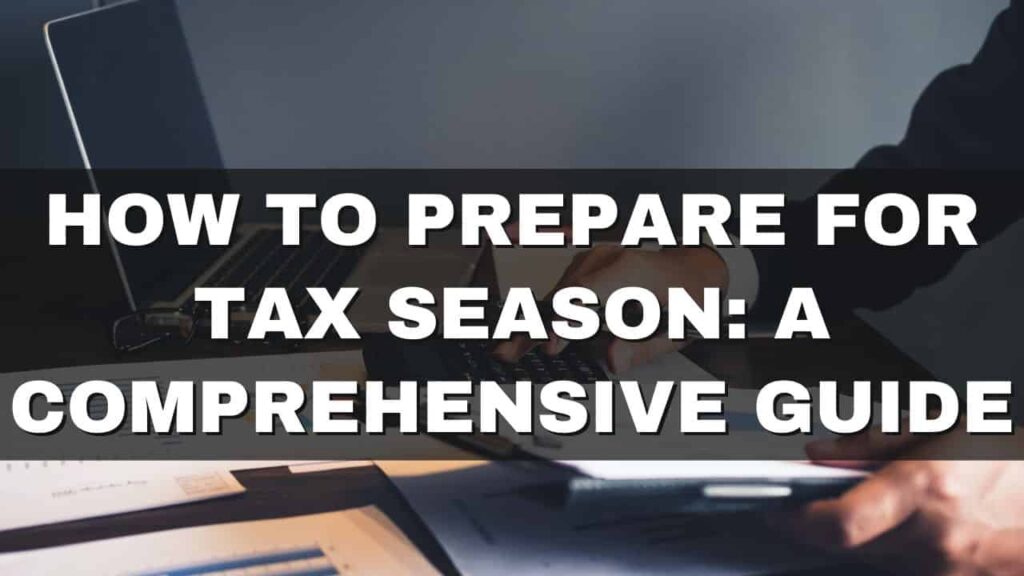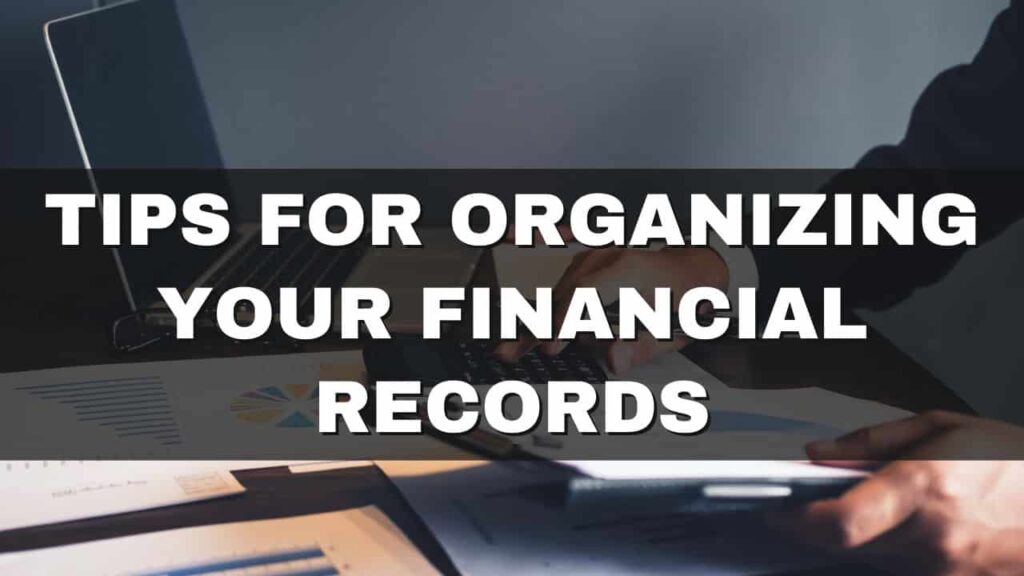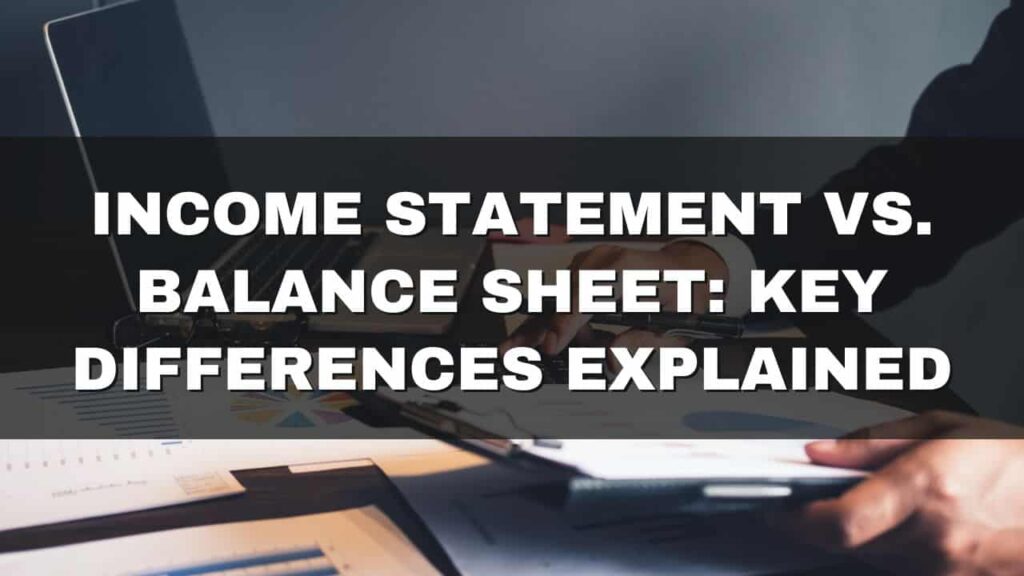How to Prepare for Tax Season: A Comprehensive Guide
Tax season can be a stressful time for many individuals and businesses. However, with careful planning and organization, you can navigate through it smoothly and maximize your returns. In this guide, we’ll provide you with a step-by-step approach to preparing for tax season, ensuring you meet deadlines, claim all eligible deductions, and maintain compliance with tax laws.
Step 1: Gather Important Documents
The first crucial step in preparing for tax season is gathering all the necessary documents. This includes:
1. W-2 and 1099 Forms: These report your income from employment, freelance work, or other sources.
2. Receipts and Invoices: Keep records of business expenses, medical expenses, charitable donations, and other deductible items.
3. Bank Statements: Gather statements from all bank accounts, including savings, checking, and investment accounts.
4. Property Tax Statements: If you own real estate, collect property tax statements.
Step 2: Organize Your Financial Records
Once you’ve gathered all your documents, organize them in a systematic manner. Create folders or digital files for different categories such as income, expenses, deductions, and investments. This will make it easier to access and review the information when needed.
Step 3: Review Changes in Tax Laws
Stay informed about any changes in tax laws or regulations that may affect your tax situation. This knowledge can help you take advantage of new deductions or credits and ensure compliance with current tax codes.
Step 4: Consider Tax Credits and Deductions
Explore potential tax credits and deductions that you may be eligible for. This could include education credits, home mortgage interest deductions, and energy-efficient home improvements. Consulting with a tax professional can help you identify all available opportunities.
Step 5: Maximize Retirement Contributions
Contributing to retirement accounts like IRAs or 401(k)s can have significant tax benefits. Not only do they help you save for the future, but they can also reduce your taxable income for the current year.
Step 6: Evaluate Investment Gains and Losses
Review your investment portfolio and consider any gains or losses you may have incurred during the year. This information will be important for reporting capital gains or losses on your tax return.
Step 7: Plan for Estimated Taxes
If you’re self-employed or have additional sources of income, plan for quarterly estimated tax payments. This can help you avoid penalties for underpayment of taxes.
Step 8: Choose Your Filing Method
Decide whether you’ll be filing your taxes yourself using tax software or seeking assistance from a tax professional. Each option has its advantages, so choose the one that aligns with your comfort level and the complexity of your financial situation.
Step 9: Stay Organized for Next Year
As you complete your tax filing, start organizing your documents and records for the next tax season. This will save you time and stress when the next tax season rolls around.
Conclusion:
Preparing for tax season requires careful planning, organization, and a good understanding of your financial situation. By following these steps, you can ensure a smooth and successful tax season, ultimately maximizing your returns and minimizing stress. Remember, staying informed and organized is key to a successful tax season.
We also have:
Tips for Organizing Your Financial Records
The Role of Accounting in Business Decision Making
For more click here and if you are looking for full forms of different acronyms and words then check out this list you really gonna find this helpful. We also have an Essay on every topic, Check the complete list here. If you are Studying in Matric Free Video Lectures of Maths, Physics and English are here, and we have got you covered for I.COM Business Maths also.







